Having the cuticle peeling off is a common issue for most people. It may look like a minor inconvenience, but in actuality, it can be very painful and irritating for some people. Additionally, peeling cuticles may also give your hands this very unappealing look. So, if you are asking yourself, Why are my cuticles peeling? There could be several reasons, from simple dryness of the skin around your fingertips to other serious health conditions.
In this article, we are going to take a closer look at peeling cuticles, the causes, and solutions. We are also going to look at what to do to avoid cuticles from peeling cuticles, including care.
Experts Quick Guide!
It can be ancient calluses that are separate Another possibility is a response to potent substances. Without more details, it’s challenging to know.
Skin peeling can result from a niacin Ingesting excessive amounts of vitamin A can also cause the skin under your nails to peel or split.
Either the skin is dry or there is an allergic reaction Apply some coconut oil or lip balm for long-las ng, water-repellent moisture.
Learn More!
What is Cuticle?
At the nail bed, there is a light covering of clear or translucent dead skin. This dead skin is what we called the cuticle. The eponychium (the extra-thick skin layer at the ends of the toenails and fingernails), or the underside of the skin layer at the bottom of your nail, gets torn as your nail grows. The cuticle develops between the nail plate and the eponychium.
It grips the eponychium as well as the nail plate, forming a tight seal that prevents dirt and debris from entering. Your nail may have a half-moon structure at the base when you observe it. Cuticles are located right below this region, which is known as the lunula. Another way to look at it is that cuticles are located where your skin and nails meet. Keep in mind that cuticles and hangnails are not the same. Nails that never grew properly, will result in hangnails.
The Purpose Of The Cuticle
The cuticles serve as a fence for your nails as they grow, protecting these delicate new places from contamination as they develop. It’s preferable to refrain from completely peeling them off due to the risk of infection from bacteria. You can, however, trim off any extra dead skin that is protruding from your cuticles. Nail technicians often do this step.
How To Recognize Dry Cuticles
The cuticle is situated beneath the nail bed at the base of your fingernails or toenails. By serving as an outer layer for bacteria, it safeguards your nails. The area of the cuticle is sensitive. It is quickly dry and crackable. Due to a lack of humidity in the environment and exposure of the skin to dry inside heat, this might be more frequent during the colder months.
If the cuticles are flaking, cracking, or peeling, they are dry. You should take care of your peeling cuticles as soon as you sense dryness since they may allow bacteria to penetrate your nails and lead to illness.
Image Source: Stock Photo
Causes of Peeling Cuticles
There are various health and environmental conditions that can cause your cuticles to peel. Below is a list of them:
Environmental conditions
Changing weather patterns and the environment can frequently cause dry skin and peeling cuticles around nails. Winters that are cold and dry are associated with dry skin problems, one of which is fingertip peeling. Additionally, prolonged sun exposure can induce sunburn, which can cause peeling of the fingertips. The fingertips may become sensitive to touch. When sunburned, the skin becomes pink or red. Summertime perspiration could also be to blame.
Image Source: Freepik Photo
The use of chemical products
Your skin may become damaged by the harsh chemicals in cosmetics and start to peel. Itching and peeling are frequently caused by harsh chemical hand cleaners. These substances may irritate and itch skin that is already dry. The lipid barrier of your skin may also be harmed by harsh soaps and chemicals, which can cause itching and peeling.
Image Source: Freepik
Regular hand washing
Even though it can seem counterintuitive, repeatedly washing of the hands will remove moisture and essential oils from the skin. The lipid barrier on your skin keeps it moisturized and protect the top surface from outside aggressors. A compromised barrier causes dryness, and irritability, and may cause your fingertips to peel. Washing your hands in hot water can also remove moisture and essential oils from your hands. Your skin may get dry and scratchy and eventually start to peel.
Allergic responses
Peeling fingertips may also be caused by allergies to certain substances that you use with your hand (maybe washing or working). Your skin can get irritated due to these harsh chemicals and jewelry made of chemical substances that seem to be very unsuitable for our skin. Our skin can sometimes come off. Again, overuse of latex gloves will harm your skin and cause your fingertips to peel off.
Image Source: Young Is Than.In
Finger-sucking behavior
This behavior is typical of young children and might result in peeling fingertips. This illness is brought on when saliva comes into contact with the fingertips and dehydrates the skin. Even though it’s more common in babies, some adults have been known to stress-chew their fingertips, resulting in skin peeling.
Vitamin deficiency
For some reasons, such as vitamin deficiency and overdosing, the skin surrounding the fingertips may peel. Niacin, also called vitamin B-3, is also a substance that occurs naturally in your body and is also contained in some foods. Niacin ensures that your cells are functioning properly. It enhances skin barrier performance and aids in skin hydration.
Insufficient consumption of this vitamin may lead to peeling of your skin. Also, a lack of vitamin B7 (also called biotin) can result in peeling fingertips. Dermatitis, skin discoloration, as well as hair loss, could result from this unusual deficiency. An overdose of Vitamin A, however, may irritate your skin, causing it to feel scratchy and begin to peel your fingertips off.
Image Source: Freepik Photo
Eczema on the hands
Skin that is dry, itchy, and irritated is a symptom of eczema, a kind of dermatitis. It appears frequently on the tips of your fingers as well. Environmental factors and genetics are linked to eczema. Flare-ups may also be brought on by specific substances. You are more likely to develop eczema if someone in your family does.
Because they are exposed to different chemicals, some professions, including those in the medical field, mechanics, and hairdressing, are more susceptible to getting hand eczema. Your skin can become sensitive to several triggers, including dust, pollen, some juices, pet fur, soaps, and detergents.
Image Source: Balmonds
Psoriasis
Red, elevated areas of skin are the result of an autoimmune skin condition. Your skin and fingertip peeling could be a result of this. Stress is thought to cause psoriasis. However, vaccinations, sunburn, and scratches are a few additional factors that could cause a skin reaction.
Image Source: Health Maza
Exfoliative keratolysis
Summer is when this skin problem typically manifests. The skin becomes dry, and red, and finally starts to peel as a result. Keratin, a protein crucial to healthy skin, is broken down as a result of this skin condition. Skin needs keratin because it gives it strength and suppleness. Therefore, as it breaks down, the skin sheds. It is unclear why this causes persistent skin peeling, though.
Image Source: County News Center
Kawasaki illness
This typically affects youngsters under the age of five. It results in blood vessel inflammation, which may make young children more susceptible to heart disease. There are three distinct stages. The first is distinguished by an extended period of high fever. The child’s skin may eventually start to flake off. Additionally, you can feel the skin’s inflammation and redness.
Other Health Conditions
- Skin conditions: Some skin conditions, such as eczema and psoriasis, are potential causes of peeling cuticles.
- Nutritional deficiencies: Lack of certain nutrients, particularly vitamin B and iron, can lead to peeling cuticles.
Image Source: Unsplash
You May Also Love!
How to Care for Your Skin After Childbirth
How To Treat Peeling Cuticles
There are various approaches to treating peeling cuticles in the industry, but finding the right one can be critical. Below is a list of treatments that will work for any skin condition. You alone know the cause of your case. All you need to do is go through the list and find the right solution to your situation.
About the environment
If your case is winter, consider purchasing a humidifier if your skin is flaking throughout. For extremely dry or sensitive skin, a thick cream can be helpful. Wear loose-fitting clothing and refrain from taking long, hot baths.
Check out our post for the best humidifier!
About the effects of chemical products
Before making any purchases for skin care products, be sure you know your skin type. Also, avoid items containing preservatives, isothiazolinone, perfumes, or Cocamidopropyl betaine. You can also perform a patch test to determine whether any products cause your skin to react. Purchase a hand soap that will work for your skin type.
Check out This for the Best Hand Soap!
Image Source: Stock Photo
About excess washing of the hands
Considering the ongoing pandemic, you should wash your hands regularly, but for safer cuticles, you should also carry a moisturizer. Cosmetologists assert that using moisturizers is essential for treating this problem. Look for glycerine, cocoa butter, and shea butter in the moisturizer. Almond, coconut, and sunflower oil-based ointments are all beneficial. Daily applications, two to three times a day, can certainly lessen skin peeling.
Check out This for the Best Sunflower Oil Ointment!
About allergic reactions
Avoid wearing cheap jewelry that doesn’t complement your skin tone. If you have a latex allergy, you should also use fewer gloves. Understanding your allergens is essential if you want to know why your skin is peeling.
About sucking the fingers
Speak to your doctor if you see that your child is sucking on their finger to the point that it is damaging their skin and making it peel.
About Vitamin imbalance
Niacin must be obtained from food since the body cannot store it. Based on your gender and age, you should take it in the appropriate dosage. As a result, pregnant women need at least 18mg per day, whereas infants 0–6 months old only need up to 2mg.
About hand eczema
Useless products with a lot of chemicals should be avoided. When washing your hands, avoid using water that is too hot. Additionally, frequently hydrate your hands. If you experience any redness, irritation, or soreness, consult your doctor. In comparison to men and women above the age of 14, who need 16mg and 14mg/day, respectively, children need 6mg to 12mg per day, depending on their age. Consult a doctor if you have any questions before using vitamin B pills.
About psoriasis
If any member of your family suffers from psoriasis, let your doctor know. Apply your topical skincare product to the places where you detect peeling if you were previously diagnosed with the same condition and make it a point to maintain your treatment. Your doctor may advise phototherapy in serious circumstances.
About exfoliating keratolysis
It may be beneficial to use a moisturizing lotion. For appropriate treatments, you can also consult your dermatologist.
About Kawasaki disease
If you think your child could have Kawasaki illness, consult your doctor.
About dry cuticles
Cuticle oil will provide enough moisture to hydrate the nails and cuticles. This makes it difficult for the nails to peel off. Thanks to their ingredients, which include calming aloe and essential oils, products such as Cuticle Oil and SpaRitual Cuti-Cocktail Nail can assist in simultaneously softening and conditioning your nails and cuticles.
Image Source: Dermica
May Love Content!
How to Prevent Your Cuticles from Peeling – Using OTC Tips & Products
When it comes to maintaining the health of the cuticle skin and keeping it from peeling, prevention is always preferable to treatment. Below are simple tips to care for your cuticles and prevent them from peeling off.
Make a DIY cuticle treatment at home
You can create a pretty effective DIY cuticle treatment from the comfort of your home with some hand cream and oils if you have the time.
This is how:
- Warm up a bowl of 13 cups (79 mL) hand cream, a few tablespoons of olive oil (you can substitute that with grape seed oil), and a few drops of lavender oil (purchased at a health food store) in the microwave until the mixture is warm but not burning.
- Each fingernail should have a generous amount applied to it. Spend a minute or two carefully massaging the product into your nail, the cuticle, and the surrounding skin. The cream will keep your cuticles fresh and is excellent for your hands and feet too.
- If you store this handmade cream in a glass bottle, you can preserve it in the refrigerator for up to three days.
For quick, simple results, use olive oil
You can treat your cuticles with olive oil on its own because it’s a fantastic moisturizer.
- Use a wet cotton swab or your fingertip to apply a tiny quantity to each cuticle. For one to two minutes, massage the oil into your cuticles. After that, let the oil absorb completely before washing your hands.
- The same olive oil that you use to cook can also be used for this exercise.
Get a wax treatment
If you can, pamper your hands, nails, and cuticles with a hot wax session at your neighborhood nail salon.
- Your hands will be covered in cream or oil by the technician throughout the hot wax procedure. Your hands will then be covered in paraffin wax (melted). You will next put on a set of plastic gloves, and enclose your hands in a mitt.
- You will take your hands out of the mitt after 10–15 minutes, and the expert will get rid of the wax, leaving your cuticles feeling supple and smooth. Additionally, I discovered that you could purchase at-home paraffin wax therapy kits online.
To lock in moisture, use petroleum jelly
Petroleum jelly locks natural moisture in your skin while shielding it from external elements, even though it isn’t a moisturizer. To lock in the moisture, you can use it after applying hand cream. Your cuticles will soften and not peel using petroleum jelly, but they will be very oily. Before consuming anything, make sure you wash your hands properly.
- Petroleum jelly is a less expensive alternative; however, it works best when combined with another substance. A large tub is reasonably priced.
Try using essential oils
Your cuticles can benefit from hydrating essential oils, which also have a wonderful scent. Try sesame or jojoba oil, or lemon, myrrh, lavender, balsam fir, frankincense, or wintergreen essential oil, to hydrate your nails. Tea tree oil can also be used to maintain your nail’s health and stop them from infection.
- Essential oils are too concentrated to be applied directly to the skin. So, in most circumstances, you’ll have to dilute them with carrier oil. Olive, coconut, or grapeseed oil are excellent carrier oils.
Use lip balm in a pinch
If your cuticles are troubling you while you’re out and about, get a lip balm and apply a little of it on them. Until you get some hand cream, I think it will offer some brief respite.
Caring for Your Cuticles
Caring for your cuticles is the most important aspect of maintaining the health of your cuticles and fingernails. The health of your cuticles and fingernails depends on how well you groom and moisturize them.
Below are tips and tricks on how best to care for your cuticles.
Put your fingers in hot water to soak
Take a long bath or soak your hands in hot (but not boiling) water. The cuticles and other loose skin will become softer as a result of this. You can flavor the water with vinegar or freshly squeezed lemon juice by adding 1 teaspoon to it. Any dead skin will be exfoliated by doing this.
Use an orange stick to push back your cuticles
Using an orange spatula to press your cuticles back should be simple once they have softened.
- You can use an orange stick (a tiny wooden or metal stick) to push your cuticles back and clean between your toenails. They are reasonably priced and are available in drug stores, beauty supply stores, and online. You can also push your cuticle back with the orange stick’s flat end. But if you do it too hard, you risk hurting yourself and damaging your cuticles, so try to do this softly.
- To reveal the white half-moon shape or lunula, at the base of each fingernail, push back the cuticles. Given how delicate the cuticles are, limit yourself to 1 or 2 times a month.
- After each usage, your orange sticks must be sanitized; wooden orange sticks must be discarded.
Keep your cuticles intact
Your cuticles play a crucial role in nail protection because they keep dirt and bacteria out of the matrix where your nails develop. Because of this, you should stop cutting off your cuticles and start pushing them back.
- When you remove this barrier by cutting your cuticles, you leave your nails vulnerable to infection. Additionally, it makes the cuticle skin tougher and more inclined to peeling and breaking.
- It’s a fallacy that trimming your cuticles will cause them to regrow more quickly. Even if you decide to stop cutting, their pace of growth won’t change.
Frequently apply cuticle moisturizer
One of the most crucial stages in preventing the cuticles from peeling is routinely hydrating them. At least twice a day, in the morning and at night, moisturize them.
- Remember that despite their thickness, your cuticles are still formed of skin and that all skin needs moisturizing to remain hydrated and avoid peeling and flaking.
- Use a hydrating hand lotion that absorbs fast and doesn’t make your hands feel greasy during the day. For more extreme hydration at night, you can use a heavier cream or cuticle ointment.
- Wearing wool gloves when going to bed at night is a wonderful idea after moisturizing your hands and cuticles at night. This keeps the ointment or cream from sliding off on the bedding. And the additional heat will aid in the moisturizer’s effective absorption by your skin. Your hands and cuticles will be incredibly soft when you awaken in the morning!
Use a topical antimicrobial ointment on sore and damaged cuticles
You can have a minor infection if the skin surrounding your fingernails feels inflamed and cracked. If so, before your cuticles start to recover, you must get rid of the infection.
- Apply a thick layer of topical antibiotic ointment (like Neosporin) on the cuticles to accomplish this.
- Wrap a bandage around each afflicted nail after using the antibiotic ointment (which is better than cream). Your cuticles will look and feel much better in the morning if you leave the bandage on overnight.
know when to seek medical attention
You can have a paronychia infection if your cuticles hurt, swell up, have pus, or develop red spots. If you think this might be the case, schedule an appointment with your doctor right away. You might need to take an antibiotic course to get rid of the infection.
How to Prevent Your Cuticles From Peeling – Using Natural Tips & Products
Prevention, they say, is better than cure. One of the best ways to keep your cuticles from peeling off is preventive care. Below are steps to help you prevent your cuticles from peeling.
Avoid exposing your hands to the cold
Your hands can become particularly dry in the cold weather, which can lead to cracked and peeled cuticles.
- Therefore, it’s crucial to pay extra attention to preserving your hands throughout the winter or whenever it’s extremely cold outside.
- When you’re outside, always wear gloves, and carry hand cream along so you can use it frequently.
Do not put your fingers near your lips
The likelihood of getting dry, peeling skin around your fingers is significantly higher in individuals who have the habit of biting their nails or picking at their cuticles than in people who don’t.
- Additionally, you run the danger of getting an infection since bacteria from your mouth can spread readily to your nails. Saliva also includes enzymes that damage the skin, causing it to become even drier.
- Therefore, giving up biting and keeping your hands off your mouth are two of the most effective steps you can take to avoid having dry, peeling cuticles.
- You can get particular, bad-tasting ointments for your fingernails to aid. You won’t want to bite your fingers again after they have made them taste so awful.
Don’t use drying agents
Avoid exposing your hands to drying chemicals if at all possible because doing so might hasten the breaking and peeling of your cuticles.
- Wearing rubber gloves when doing the dishes will protect your hands from the drying effects of often washing dishes inside hot, soapy water.
- If you hate wearing gloves, at least spend money on a moisturizing dish soap that will keep your hands hydrated as you wash. Make sure your nails are completely dry after becoming wet.
- Avoid nail polish removers with acetone since they dry up your nails like nothing else. Additionally, you should aim to limit how often you wash your hands because doing so frequently destroys your skin and nails’ crucial natural oils.
Eat a balanced diet
Your body will receive the vitamins and minerals it needs for strong, healthy skin, nails, and hair, from a nutritious, well-balanced diet. Your nails will grow more swiftly, and your cuticles will remain moisturized. Consume a lot of fruits and vegetables, and whenever possible, opt for organic products.
- Eat extra eggs, almonds, strawberries, poultry, flaxseed, coconut, watermelon, bell peppers, whole grains, and lentils to strengthen your nails.
Maintain strict hydration
In the same way that staying hydrated makes your skin moisturized, doing so can support healthy cuticles. By regularly consuming at least 8 glasses of water, you can prevent dryness by moisturizing your cuticles.
- Increase your water intake if you are active.
- To make things easy for you to consume water while on the road, carry a reusable water bottle with you.
Image Source: Freepik Photo
Pick your nail artist wisely
When selecting a nail artist to perform your pedicures and manicures, be careful because a botched manicure can cause more harm. The expert will help you understand how to keep cuticles from peeling after a manicure.
- Peeling, cracking, and pain can happen when nail technicians are too aggressive with your cuticles and nails.
- Ask your nail technician to stop if she starts cutting your cuticles or pushing them too far back. You get to pick what happens to your nails since they are yours.
- It’s possible that inadequately sanitized instruments can cause irritation or illness when your nail artist cut your cuticles. If this occurs, you want to think about visiting a new nail salon.
Conclusion
Peeling cuticles can be annoying and painful, but by understanding the causes and taking steps to prevent it, you can keep your hands looking and feeling their best. If you’re dealing with persistent peeling cuticles, it may be best to consult with a dermatologist or other healthcare professional to rule out any underlying health conditions.
FAQs
What diseases cause nails to peel?
Peeling nails can be caused by various diseases such as: lung disease, underactive thyroid, (which may result in yellow nails), kidney disease, (which is often indicated by brown nail discoloration), liver disease, and Psoriasis.
What deficiency causes cuticles to peel?
There could be various conditions that lead to peeling cuticles but the only deficiency that contributes hugely to this nail condition is vitamin deficiency,
What vitamin is good for peeling fingernails?
Vitamins aid in the metabolism of the protein-building amino acids necessary for nail growth and encourage healthy cell growth. These vitamins include Vitamins A and C, Vitamin B7, B9, B12, and C, including niacin deficiency.
Related Articles!
Cocoanut Oil Skincare Benefits

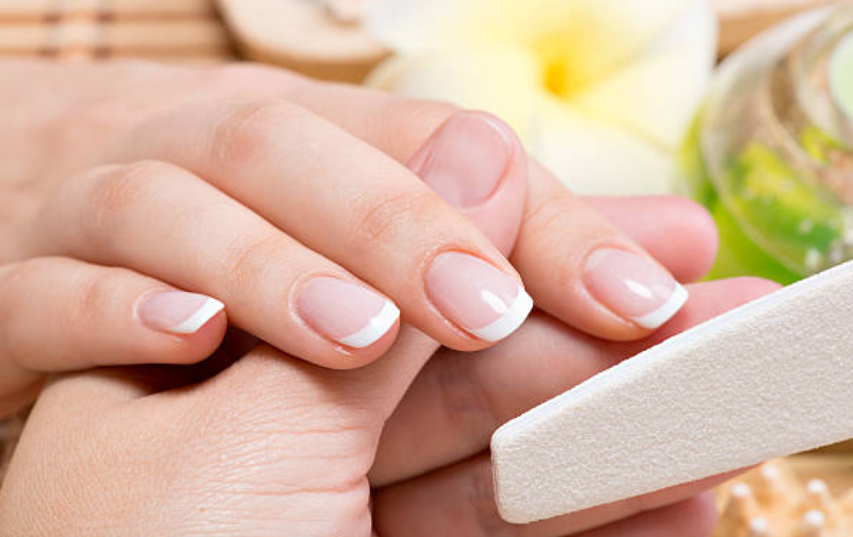
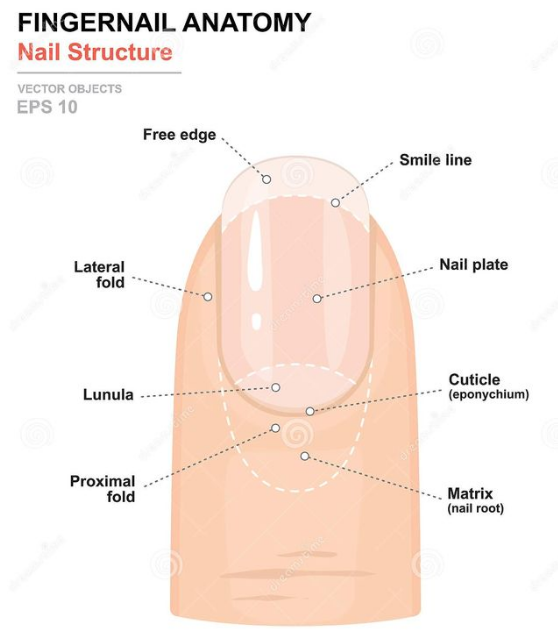
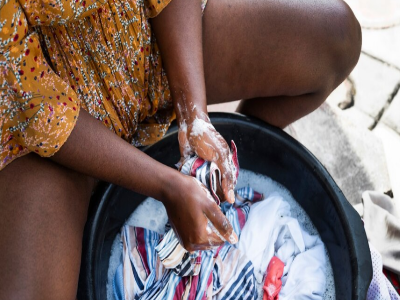
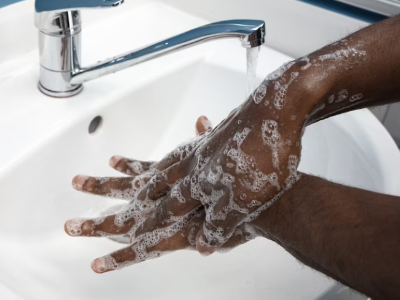
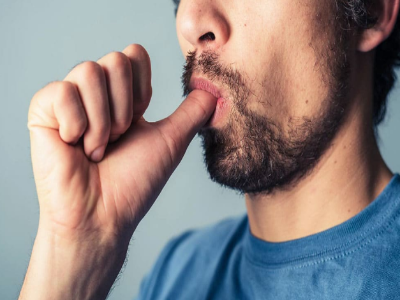
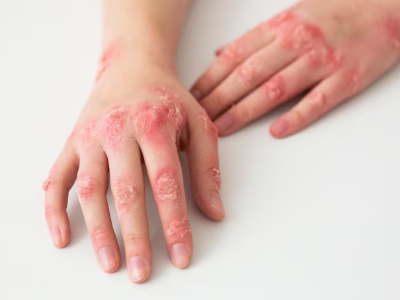
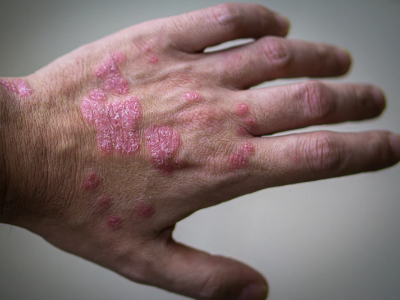
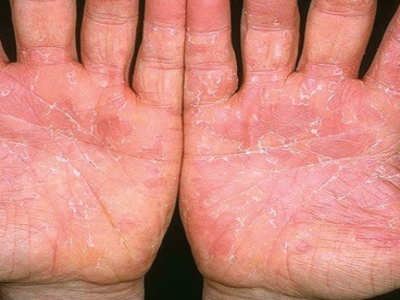
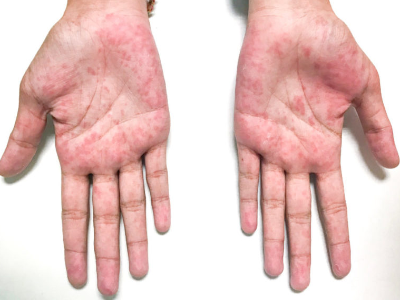
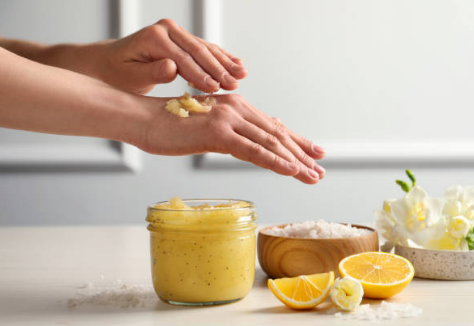
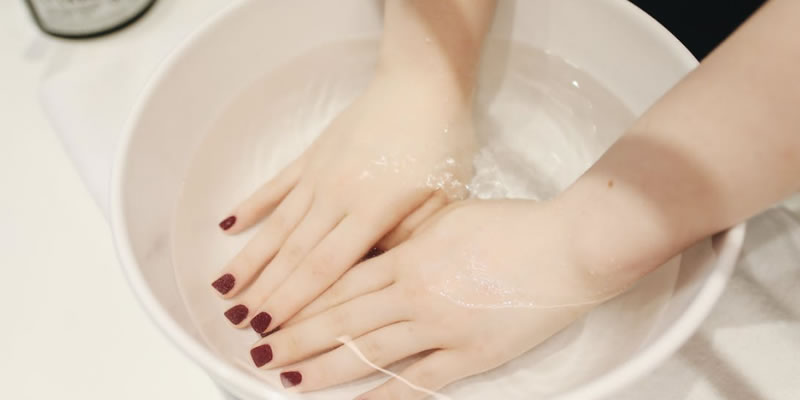
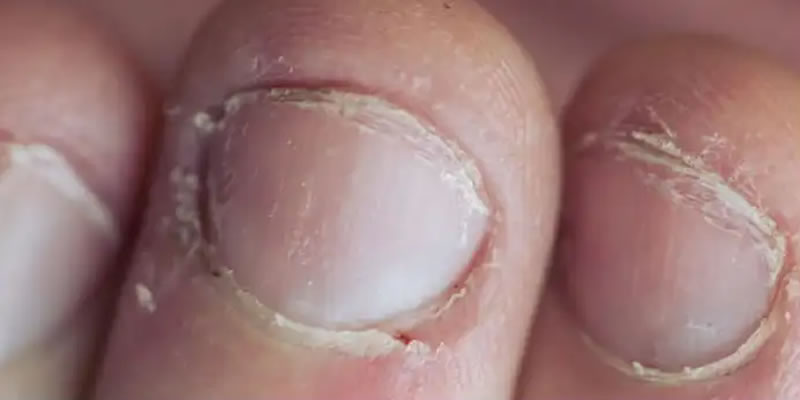
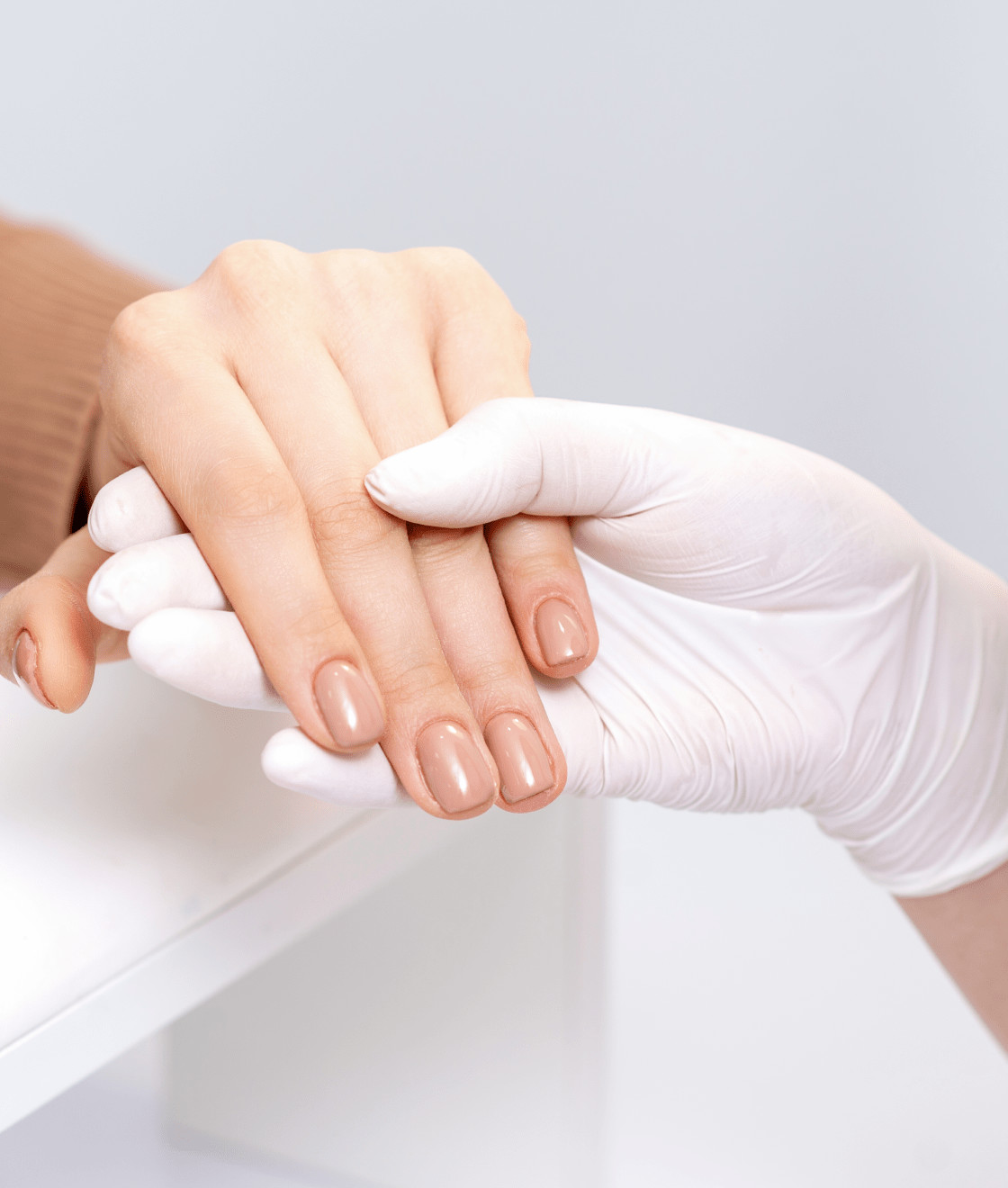

Thank you for the good writeup It in fact was a amusement account it Look advanced to far added agreeable from you However how could we communicate
Hello thank you for reaching out. Communicating with me is easy. Just send me you contact detail and I will get to you before yo know it.
Nice blog here Also your site loads up very fast What host are you using Can I get your affiliate link to your host I wish my site loaded up as quickly as yours lol
What i dont understood is in reality how youre now not really a lot more smartlyfavored than you might be now Youre very intelligent You understand therefore significantly in terms of this topic produced me personally believe it from a lot of numerous angles Its like women and men are not interested except it is one thing to accomplish with Woman gaga Your own stuffs outstanding Always care for it up
Hi there
Thanks for stopping by.
I appreciate your comment
Thank you for the good writeup It in fact was a amusement account it Look advanced to far added agreeable from you However how could we communicate
Hi there
Thanks for stopping by.
I appreciate your comment
you can reach me here (yengeeric@yahoo.co.uk)
I was suggested this web site by my cousin Im not sure whether this post is written by him as no one else know such detailed about my trouble You are incredible Thanks
Hi there.
Thank you for reaching out.
What i do not realize is in fact how you are no longer actually much more wellfavored than you might be right now Youre very intelligent You recognize thus considerably in relation to this topic made me in my view believe it from numerous numerous angles Its like men and women are not fascinated until it is one thing to do with Lady gaga Your own stuffs excellent All the time handle it up
Hi there.
Thank you for reaching out.
Temp mail Pretty! This has been a really wonderful post. Many thanks for providing these details.
Hi there.
Thank you for reaching out.
Hi my family member I want to say that this post is awesome nice written and come with approximately all significant infos I would like to peer extra posts like this